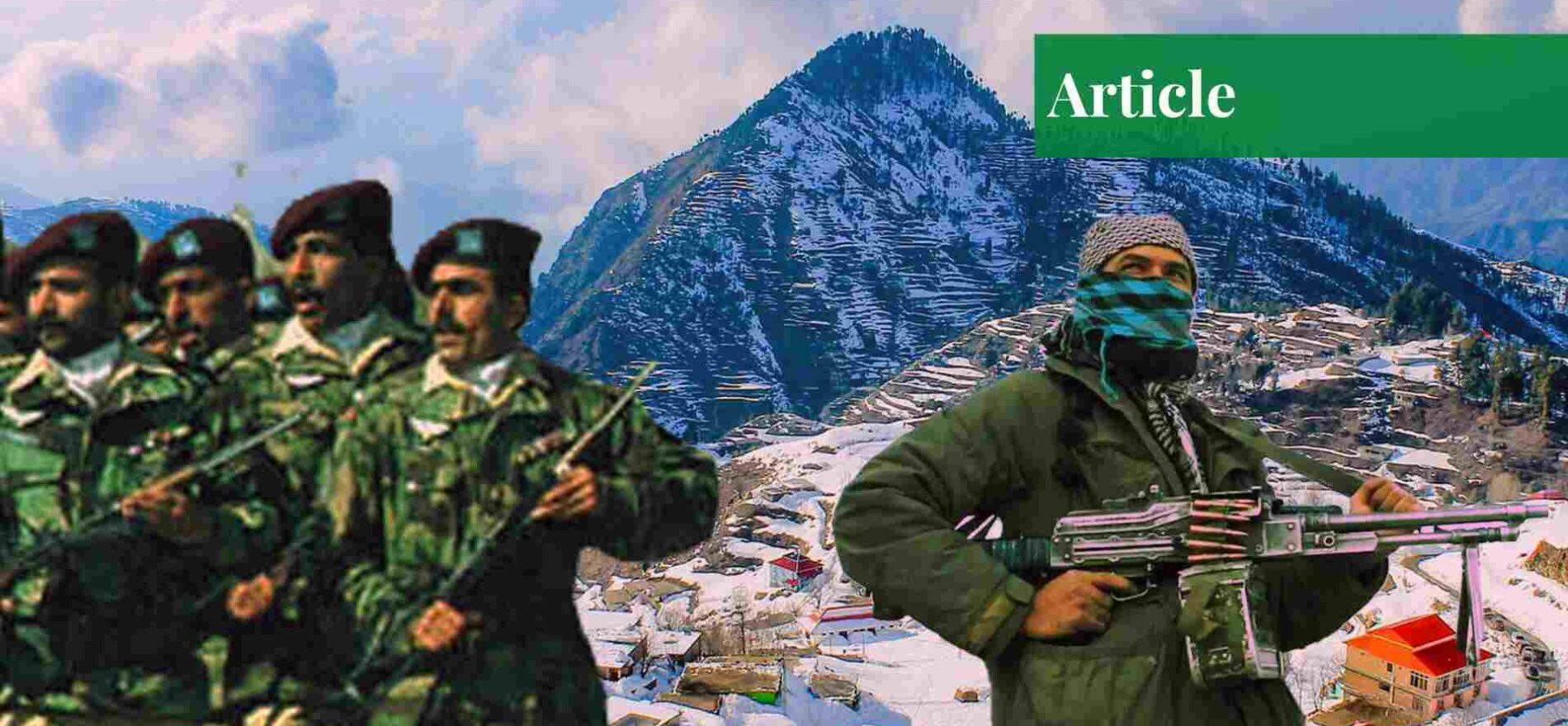Maryam Ibrahim has recently graduated from Lahore College for Women University with a bachelor's in international relations. Her sphere of interest includes the digitalization of international relations, specifically digital diplomacy.
Introduction
Insurgency is one of the significant threats to Pakistan’s security, sociopolitical stability, and economic development. For many years, the Pakistani Army vowed to make reforms to its philosophy, drive, way of thinking, and strategy in order to meet this challenge. In this context, the Army started both large-scale and smaller-scale military operations against terrorists and rebels in Swat.
The overarching goals of these operations are to expel terrorists and insurgents from their bases of operations, destroy their military support systems and sources of strength, stop them from committing more acts of terrorism, and reestablish the legitimacy of the government.
Military Operations by Pakistan Army
The Pakistani forces have conducted major military operations with different phases in Swat in the fight against terrorism, extremism, and insurgency.
Operation Rah-e-Haq
The Pakistani military began talks with tribesmen for a ceasefire after understanding the worst-case scenario and failing to make significant progress during a two-year conflict (2004–2006). They were forced to make pledges for stopping the assaults in both nations, pursuing Al-Qaeda, and demilitarizing the Taliban.
Shortly after violating the cease-fire, the militants and their local allies continued to reassemble and rebuild themselves in the area, and after a few months, they had taken control of Lal Masjid (Red Mosque) in Islamabad. After Fazalullah pushed his followers to begin “jihad,” violence in Swat worsened.
In July 2007, when attempts at negotiation with the Imam (clergy) failed, President Pervez Musharraf gave the go-ahead for the deployment of paramilitary forces in Swat to quell the escalating insurgency and forcibly remove militants from the Lal Masjid.
Tehreek-e-Taliban Pakistan (TTP), a terrorist umbrella group, launched a wave of suicide bombings and attacks in significant cities, notably in northern Pakistan, shortly after the successful conclusion of the Lal Masjid operation. They marched in the direction of the Swat while expanding their operational bases.
Sufi Mohammad Khan founded the Tehrik-e-Nifaz-e-Shariah-Mohammadi (TNSM) in Swat in 1992 as a group advocating the establishment of an Islamic state. In 1995, when Khan called for the quick installation of Sharia law, the party gained global notoriety. After that, there was violence as paramilitary groups launched an offensive on him.
By the middle of 2007, the TNSM had largely established its authority over the Swat region. This operation began in November 2007 in coordination with local authorities in an attempt to free Swat from the extremists. By the end of December, military forces had practically all public structures evacuated, including police stations and schools, including those in Fazalullah’s Mam Dheri headquarters, and had driven the terrorists back into the mountains.
The second phase began in the northern Swat regions in July 2008 and then moved to the southern regions. The implementation of “shoot-on-sight” curfews in the major Swat cities coincided with the third phase of Operation Rah-e-Haq in January 2009. In return, TNSM attacked security personnel and demolished public buildings like offices, hospitals, and schools.
After a month, the Malakand Accord was signed by the government and the TNSM in February 2009. According to this agreement, the Musharraf administration consented to establish Sharia law in the Malakand division. The Taliban increased their control over the valley as a result of this peace agreement and encouraged militants to move there.
The Malakand Accord was seen as a threat to the Afghan security forces by the Afghan government in an expression of its concerns. The US administration criticized the agreement, claiming that it not only posed a threat to the US and its allies in Afghanistan but also to global security and that it had given the Taliban and extremists a safe harbour.
Operation Rah-e-Rast
Through the peace deal and the implementation of Sharia law in the Malakand division, the government requested that the Taliban and TNSM hand over their weapons, but they did not. They did this to reveal a secret plan to use Swat as their headquarters for future terrorist operations.
Terrorism was instituted in Swat by Mullah Fazlullah and his adherents. Compared to other nearby districts of the Malakand division, Swat had a greater rate of religious fanaticism. Supporters of the Pakistani Taliban aspired to impose their strict Islamic laws, which presented difficulties for the Muslim world. In the final week of April 2009, the Pakistani military began a huge operation.
The Inter-Services Public Relations (ISPR) described this operation, which lasted for three months, as a standard military drill. To clear portions of Swat and capture or kill important militants, including the most well-known Mullah Fazlullah and Maulana Sufi Mohammad, the military operation Rah-e-Rast began in May 2009.
Just after his promotion, Lt. General Ishafq Nadeem Ahmad took charge of the army in the second operation of Swat to expel the terrorists and defend the territory and people of Pakistan. Moreover, as Al-Qaeda joined the insurgents in the conflict with TTP’s full backing, the Pakistani Army utilised heavy weapons against the insurgents in Swat, Buner, and Dir.
The Pakistan Army had full support from the civil authority during the two operations, both of which were deemed a success. According to ISPR sources, military forces killed 2635 militants, detained 254, and wounded 454 others.
One of the consequences of the insurgency was the migration of around 2.5 million people, who in search of safety, relocated to other parts of Pakistan. Fearing for the welfare of the juveniles who were proselytized by TTP, the late Lt. General Ishfaq Nadeem Ahmad also spearheaded the rehabilitation endeavors following the conclusion of the Second Battle of Swat.
If you want to submit your articles and/or research papers, please check the Submissions page.
The views and opinions expressed in this article/paper are the author’s own and do not necessarily reflect the editorial position of Paradigm Shift.


















